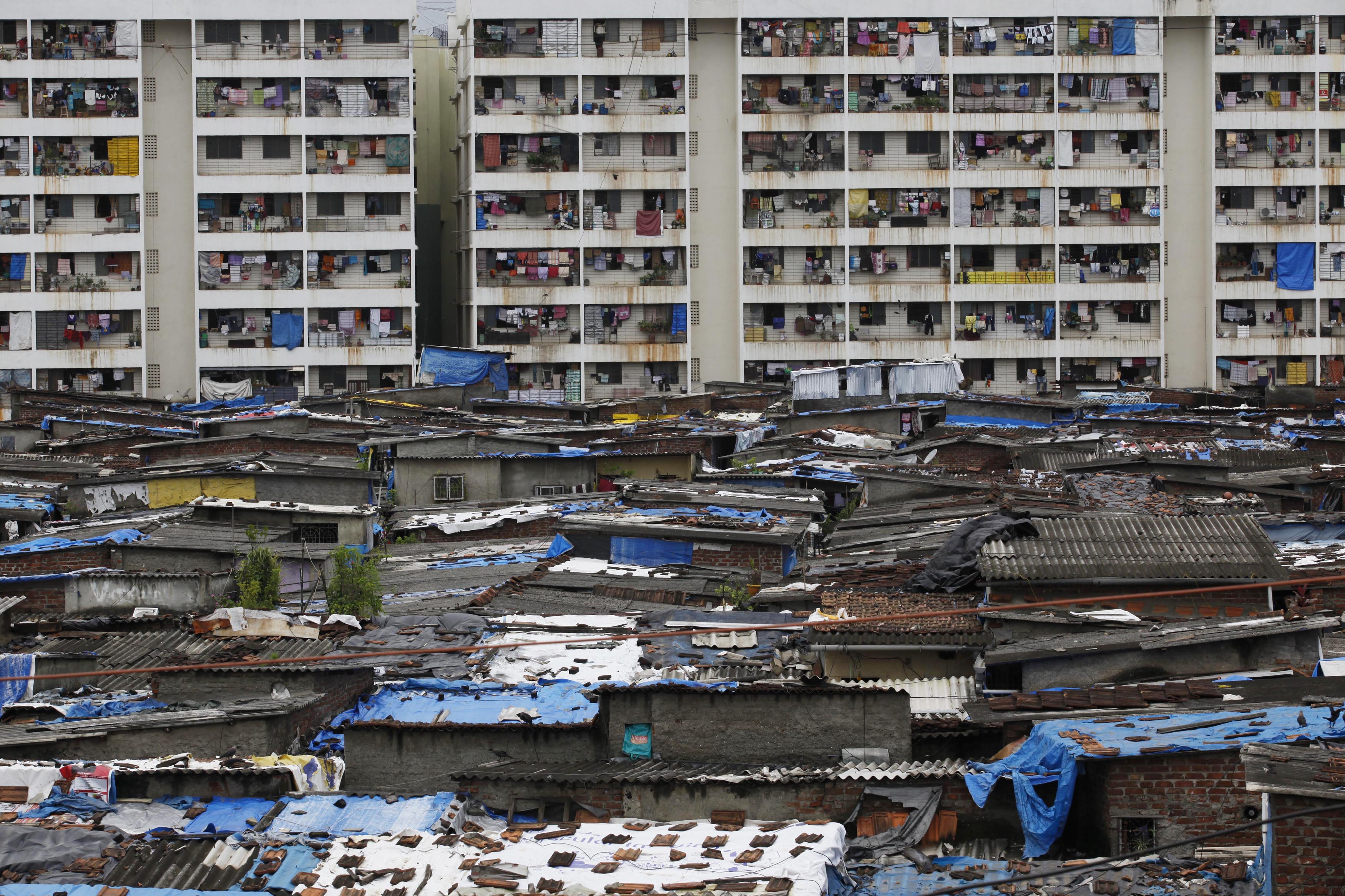
Development is indispensable to achieve over-all growth that is inclusive. But before we reach there we need to define for ourselves our notion of development. Whether it confines itself to development of infrastructure or something that’s desirable to the society as whole or are we ready to look beyond infrastructure to define our idea of development? But the development of a project doesn’t restricts itself to just a piece of land or water body whatever the case may be. The results of such developmental projects are much more diverse and far-reaching which need to be comprehended and accommodated in the project. In order to make sure that development is reinforcing itself, we have to take look after and restrict any encroachment of the inherent dignity and of the equal and inalienable rights of all the citizens of country as it is the foundation of freedom, justice and peace. Human rights is a set of rights without which it’ll be impossible to lead a dignified human life and keeping in mind this definition it becomes prerequisite of any proposed project to adhere to the definition of human rights. But for better realization and demand of human rights, people must be equipped with resources and facilities and development is a means to achieve this end. That’s when the question whether development without due importance given to human rights comes into the picture. The question has gained more and more importance over the period of time that you can’t do away with it anymore.
In case of India being Indian has been more or less a story of displacement. But those were most of the times had been instances of voluntary displacement. Development on the other hand has led to involuntary or forced displacement, and thus most of the development projects are conceived on the grounds of violation of human rights. Available reports indicate that more than 21 million people have internally displaced in India as a result of developmental projects. In order to promote faster economic growth India has invested extensively in industrial projects, dams, highways, power plants, mines and expansion of cities this would not have been possible without acquisition of land which itself is based on displacement of people. As most of these projects were supported and implemented by the government it led to state-induced displacement. If we take a closer look at geographical location of these projects we will find that most they have been located on areas with concentration of tribal population. Tribal people are highly dependent on forest or common property as they derive their livelihood from there and that the only asset which they possess. Taking away these lands or forests mean depriving these people of their only claim to livelihood. As they form the minority of the population their participation in the political processes is also low reducing their capacity to negotiate on the terms and conditions of rehabilitation and resettlement. Also given the condition of ownership of land in rehabilitation and resettlement policy, tribals and landless laborers are being affected the most as they are marginalized people without any entitlements whose livelihood is entirely dependent on the piece of land now owned by government/private parties. Globalization and resultant policies of this force like SEZ have added to the agony of indigenous people as now more people are being forced off their land due to foreign conglomeration, MNC’s under the guise of building industrial infrastructure for the country. Also there have been instances where a community was displaced more than once. One can find communities which have been displaced several times in span of just few decades. This underlines the apathy towards the cause of human rights of development induced displacement on the part of government and implementing authority at the same time. To impose the trauma of displacement and rehabilitation on any community underlines reflects bureaucratic insensitivity and callousness at its worst. The resultant impoverishment of such displaced population due to unemployment, breakdown of social support system, homelessness if they fail to receive any compensation by the government as they don’t fit into criteria that makes them eligible for one; all these factors need to be taken into account while assessing the impact of any developmental project.
This discussion brings us to a question which needs to be taken into account and addressed before advocating for such growth pattern. Is it really desirable to develop certain section of the population at the cost of the other section which might lack any bargaining power? Are we going to promote that pattern of development wherein one section of population is snatched off of its means of livelihood only for the betterment of the other section of the population? This is quite evident where dams are built on rivers in villages to provide for the growing demand for water of cities which denies right to water (interpreted under right to life by Supreme as well High courts) of the rural/tribal community. The first step in this direction should be calculating and monitoring the actual number of development induced displaced population as it’s the prerogative in order to assess the extent of the problem to reach towards a solution. If development ought to reflect upon human rights of displaced people there’s to be a way in which this approach can be incorporated. The people who’ll be at the receiving end of such projects should be consulted and brought to the table for negotiation. Also government, bureaucracy and vertical hierarchy has to understand resettlement has to go beyond compensation as livelihood is not only about monetary term but it also includes social, cultural aspects of a community.
About Author: Neha Rane is a graduating student of Master’s in Public Policy at Jindal School of Government and Public Policy, NCR Delhi. Her research areas include urban policies, health studies strategies for rural development, microfinance, financial inclusion and decentralization in particular.
 Serato DJ Crack 2025Serato DJ PRO Crack
Serato DJ Crack 2025Serato DJ PRO Crack









 Allow notifications
Allow notifications



